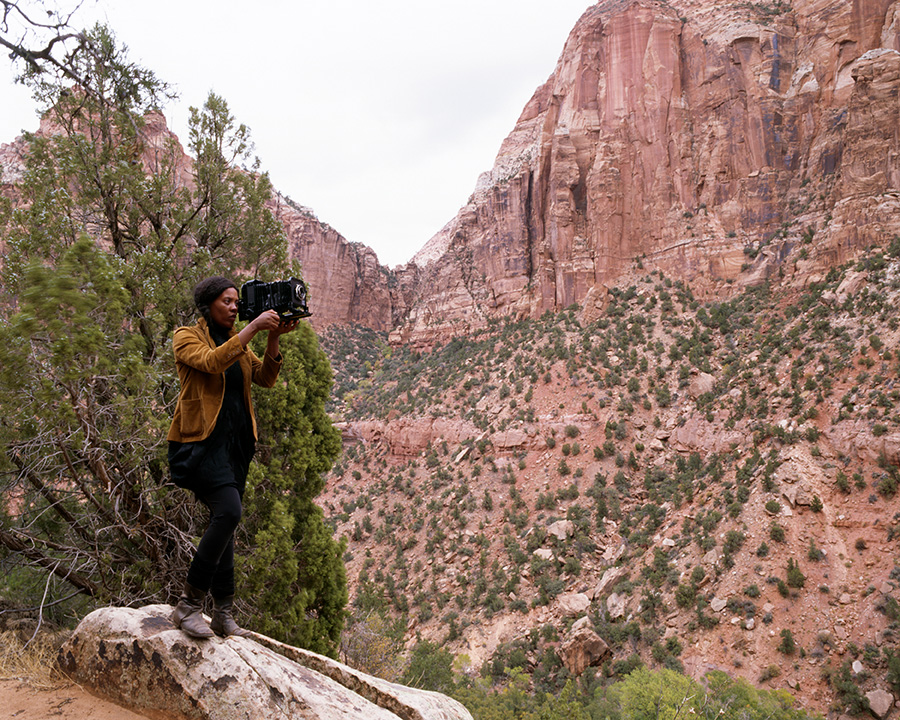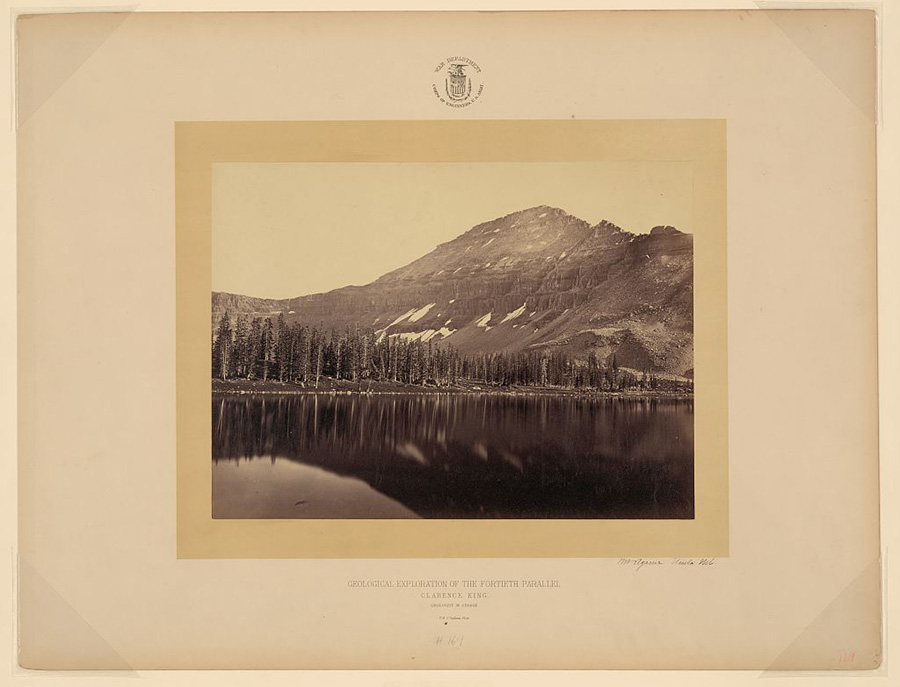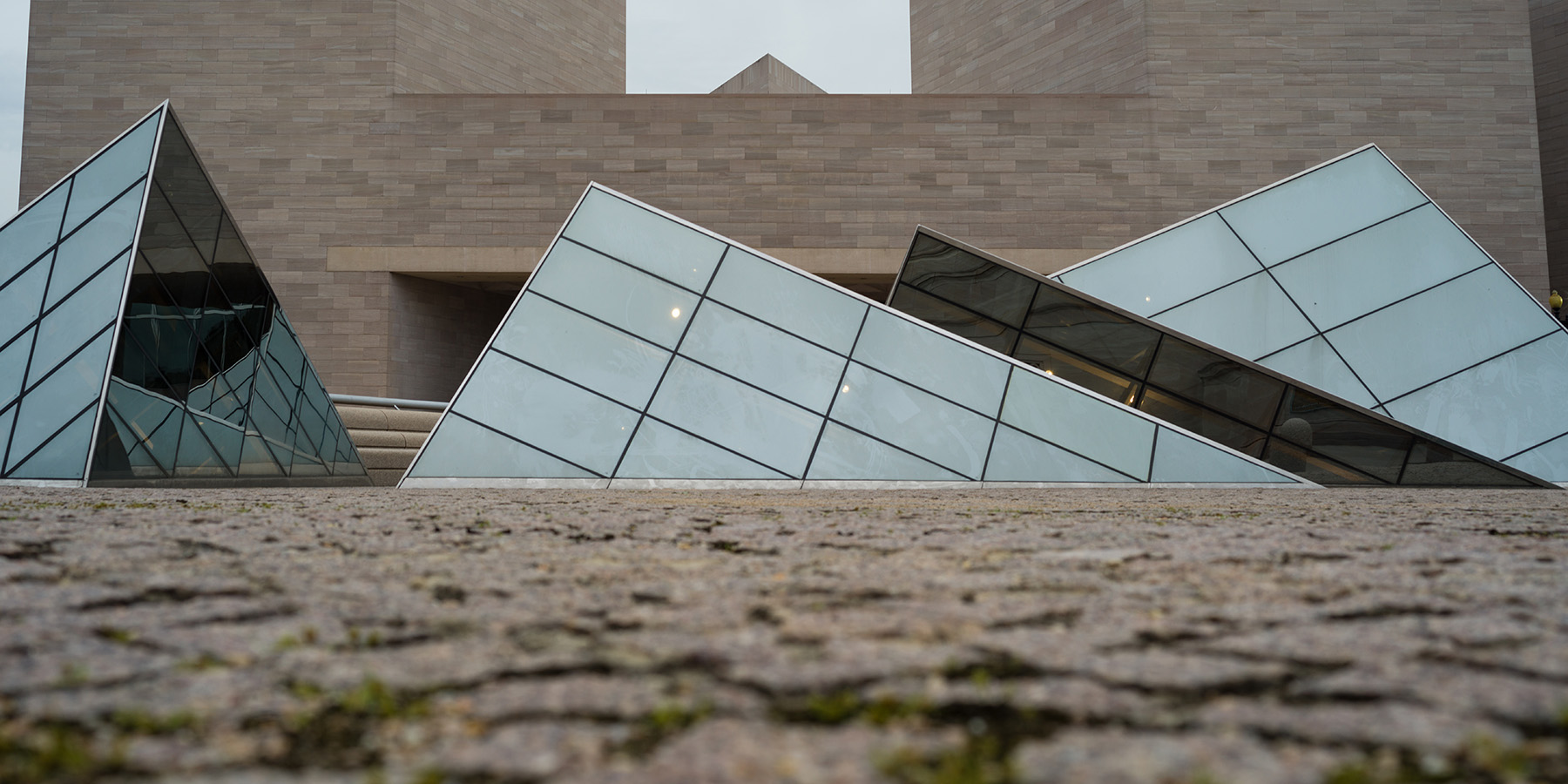Delphine Sims
(Re)surfacing Black Presence: Photography, Black Women’s Bodies, and Geographies
The late Toni Morrison’s groundbreaking lecture and subsequent book Playing in the Dark: Whiteness and the Literary Imagination disrupted the canon of American literature by succinctly detailing how depictions of whiteness were conceptualized and informed by relations to Blackness. Inspired by Morrison, I query the latent and blatant relations to Blackness that are present in the canon of American landscape photography. For decades, Black photographers have historicized a Black relationship to topography through a spectrum of well-researched and radical photographic projects, but little scholarship has remarked on these extraordinary contributions to the history of landscape photography. My dissertation “(Re)surfacing Black Presence: Photography, Black Women’s Bodies, and Geographies” considers a relatively recent shift in art production wherein Black women artists rely on their own bodies to explore the relationship among Blackness, the land, and their chosen medium: photography. I explore the photographs of Carrie Mae Weems (b. 1953), LaToya Ruby Frazier (b. 1982), Nona Faustine (b. 1977), and Xaviera Simmons (b. 1974) to argue that through complex photographic self-portraits performed within American geographies, these artists model recuperative projects that resurrect and imagine Blackness in physical cartographies and landscape photography.

Xaviera Simmons, Canyon, 2011, chromogenic color print, edition of 3. © Xaviera Simmons; Courtesy of the artist and David Castillo, Miami
Through an experimental methodology, I write alongside these four artists as a kind of ahistorical collaborator to outline how their photographs reveal the individuals and systems that rely on notions of Blackness and antiblackness. I write beyond artist intention to offer diffuse ways of extracting white supremacist histories and honoring narratives of Blackness. I center Black artistry and history but also propose reinterpretations of white, American photographic histories. Through anachronistic comparative analysis, I outline the capacity for Black photography to remake the past, relying on pairs to read the contemporary backward.
Chapter one focuses on Weems’s Louisiana Project from 2003, a series commissioned by the Newcomb Art Gallery (now the Newcomb Art Museum) at Tulane University for the 200th anniversary of the Louisiana Purchase. I place her series in dialogue with 1935 photographs by Walker Evans (1903–1975) of vernacular Louisiana plantation architecture to explore white wealth, constructions of the benevolent white female enslaver, and the domestic interior as a geography of slavery.
Chapter two explores several of Frazier’s projects centered around Black life and the steel industry in her hometown of Braddock, Pennsylvania, and the broader Rust Belt. I compare Frazier’s intimate, quotidian imagery of environmental racism and toxicity with that of German photographers Bernd (1931–2007) and Hilla Becher (1934–2015), who created unique yet repetitive typologies of the US steel industry.
Chapter three examines photographer Faustine’s transhistorical series White Shoes, which began in 2010. Faustine creates predominantly nude self-portraits throughout New York City to mark ignored Black histories. She and modernist photographer Paul Strand (1890–1976) both took pictures on Wall Street. I use this fact to expose the long legacy of slavery and the promise of “ungeographic” Black feminist histories in Faustine’s and Strand’s respective New York street photographs.

Andrew Joseph Russell (formerly attributed to Timothy H. O’Sullivan), Mt. Agassiz, Uinta Mts. [Utah], 1869, albumen print, Library of Congress
Interviews with these four living artists are an essential component of my dissertation. As I contended with how to weave these discussions into the chapters, I found dialogue with other fellows in the Center most helpful. Several of us are negotiating ways to balance an artist’s description of their work with the promise of our art-historical interpretations of their art. This conundrum benefited from conversations that occurred during and immediately after my shoptalk that featured an excerpt from my fourth and final chapter, on Simmons, which I drafted during my residency at the Center.
Perhaps the most experimental of my chapters, I navigate several arguments to trace how Simmons’s southwestern photographic performances prompt new readings of photographs by Timothy H. O’Sullivan (1840–1882) and Andrew Joseph Russell (1829–1902), taken during the 1867–1870 40th Parallel Survey of the American Southwest. I suggest that when Simmons performs as a hiker and a photographer, we are encouraged to contemplate race more explicitly in O’Sullivan’s and Russell’s landscape photographs, which were captured under the direction of geologist Clarence King. I perform readings of the survey photographs to seek out Black figures, such as King’s valet James Marryatt, but I also undermine the impulse to read Blackness as both fixed in the photograph and on the body through a focus on photographic process. I then trace the 19th-century scientific community’s entrancement with naturalist Louis Agassiz’s geographic theories of catastrophism, a theory both he and King were attached to. I expose how Agassiz bridged this theory with his obsession to prove Black inferiority, often through photographs, and his arguments for polygenesis, or how the earth’s topography suggests that Black people are a distinct species from white people. And, finally, I conclude with Simmons to exceed the limits of material discourse on Black legibility, geographic stereoviews, and the knowable landscape.
University of California, Berkeley
Wyeth Fellow, 2021–2023
In September 2023, Delphine Sims started as assistant curator of photography at the San Francisco Museum of Modern Art. She will finish her dissertation this year and is expected to graduate from the University of California, Berkeley, History of Art Department in spring 2024.
